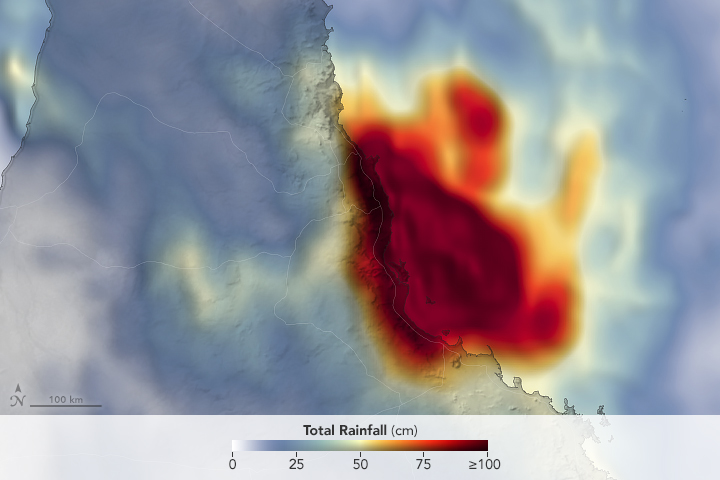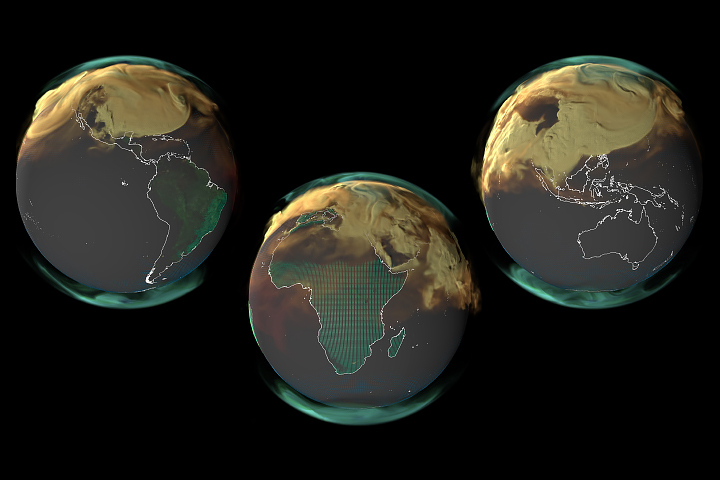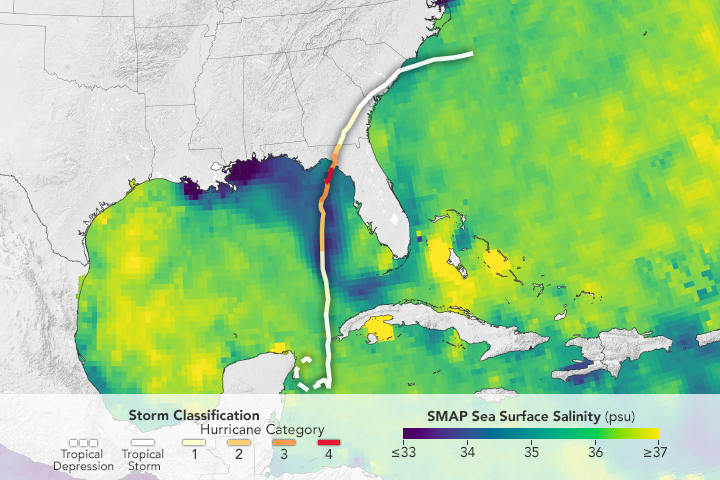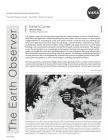



Recent Imagery
You will be directed to the NASA Visible Earth webpage when you select Images by Mission below, or click on the images at right that are randomly generated to represent four out of all possible topics.
The Earth Observer has a new look! Visit the NEW Earth Observer website.
The Earth Observer: Mar - Apr, 2007
In This Issue
Click title below to view page
- Editor’s Corner Front Cover
- Feature Articles
- Using NASA Research to Teach Science in the Native Ways of Knowing Secondary Science Teacher Education Project4
- JASON XV: Rainforests at the Crossroads—A Teacher Argonaut’s Tale6
- National Snow and Ice Data Center Contributes to Climate Change Report9
- Meeting/Workshop Summaries
- Summary of the Landsat Science Team Meeting10
- Earth Science Highlights from Fall AGU Meeting15
- Workshops on Ocean Salinity and Aquarius/SAC-D Mission Held22
- TES Science Team Meeting Overview26
- In The News
- 2006 Was Earth’s Fifth Warmest Year30
- NASA Study Finds Warmer Future Could Bring Droughts31
- NASA Satellites Unearth Clues to Leaks in Antarctic ‘Plumbing System’32
- Regular Features
- EOS Scientists in the News35
- NASA Science Mission Directorate—Science Education Update37
- Science Calendars39
Editor’s Corner
Michael King, EOS Senior Project Scientist
I am pleased to report that the long-awaited report from the National Academy of Science’s Decadal Survey—Earth Science and Applications: National Imperatives for the Next Decade—has been released—see www.nap.edu/catalog/11820.html. In conducting the survey, seven panels convened to assess the needs in the following areas: Earth science applications and societal needs; land use change, ecosystem dynamics, and biodiversity; weather (including space weather and chemical weather); climate variability and change; water resources and the global hydrologic cycle; human health and security; and solid Earth hazards, resources and dynamics. This approach assured that key disciplines (e.g., oceanography and atmospheric chemistry) were represented across multiple panels, even though their names don’t specifically appear in the titles of the panels. Each panel solicited input from the scientific community and got a large amount of responses. The final report synthesizes the findings of all seven panels and calls for an integrated suite of missions that preserves the highest priorities of each panel, and also gives some guidance on how to handle budget or technology development problems.
The survey puts forth a prioritized list of flight missions and supporting activities to support national needs for research and monitoring of the...
Read more...

